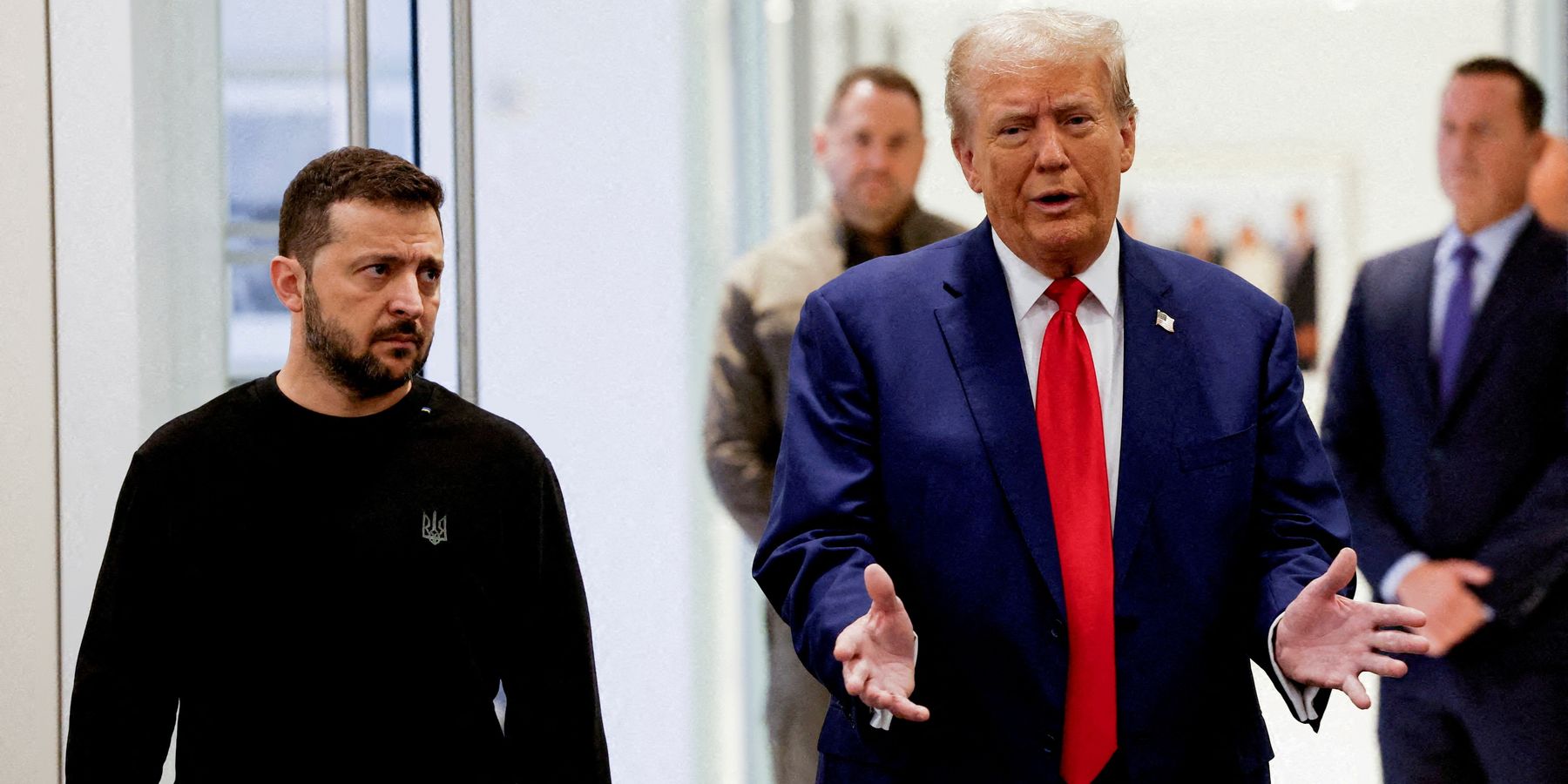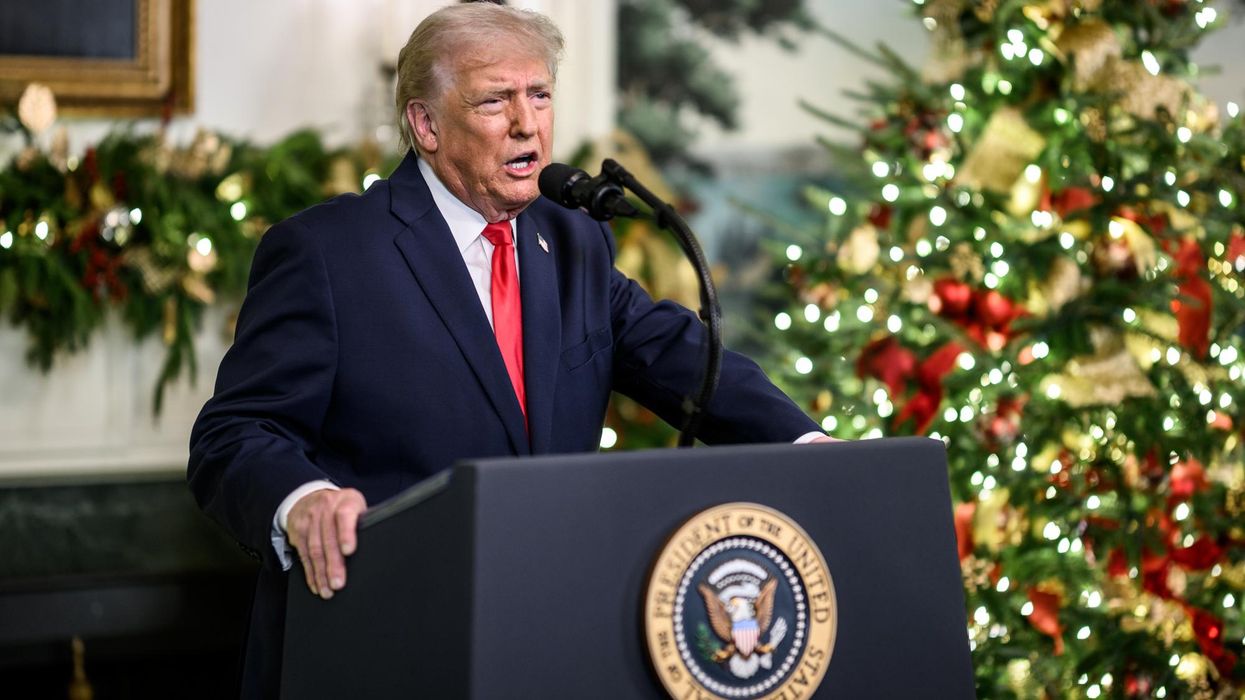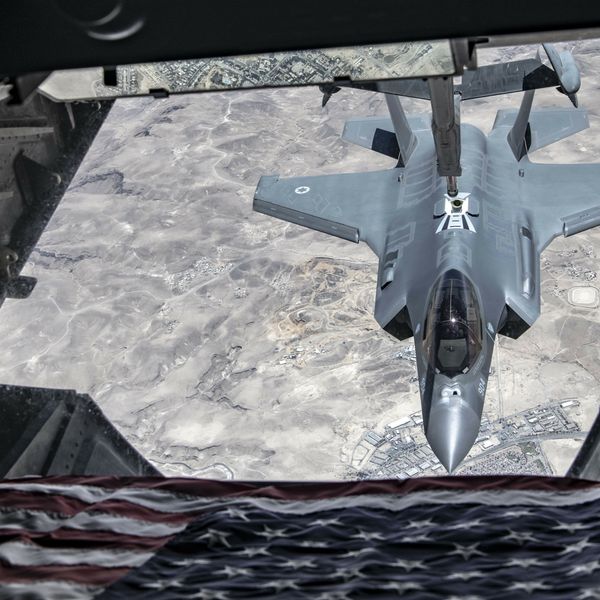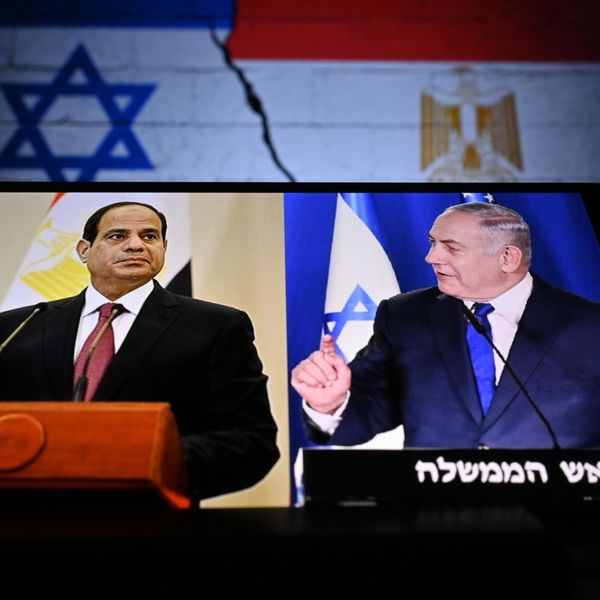Ukraine’s President Volodomyr Zelensky has agreed to hand over to the U.S. $500 billion worth of his country’s rare earth minerals. On the back of Defense Secretary Pete Hegseth’s comments ruling out NATO membership for Ukraine, this looks like a dreadful deal on the surface. But it may be the best one available.
During his visit to Kyiv on February 12, Treasury Secretary Steve Bessent spoke to the press, beside Zelensky, about a proposed agreement on U.S. access to rare earths. It was a day, in fact, of geopolitical earthquakes in Europe. At a NATO Ukraine Contact Group meeting in Brussels, Hegseth was bluntly ruling out NATO membership for Ukraine or a return to its pre-2014 borders. The latter may be an elegant form of words suggesting scope to negotiate on border changes since 2022.
But the announcement on rare earths and Secretary Hegseth’s comments are part of a bigger jigsaw of geopolitical choreography that President Trump appears to be orchestrating right now. Secretary Bessent said during his presser that rare earths were part of a “larger peace deal that Trump has in mind.”
What might Ukraine gain from giving away its rare earth minerals? Beyond unspecified military support including weapons supplies, the obvious answer is investment in post-war reconstruction. A year ago, the United Nations had assessed the cost of war damages in Ukraine to have been almost — you guessed it — $500 billion. That figure will have risen after another year of destructive war.
Following President Trump’s announcement about turning Gaza into a strip of prime real estate, it is hard to imagine that he does not see huge scope for U.S. contractors to benefit from rebuilding Ukraine. That leaves the separate question of who will pay.
Europe has so far only committed to fund a modest percentage of the reconstruction cost. This revives the question of Russia’s frozen assets. If President Trump is going to take a hard line on forcing Ukraine to accept the borders as they stand when the cannon fire stops, what concession will he drive out of Russia?
As I have argued before, the obvious solution is for Russia to give up its $300 billion in frozen assets in the real estate deal of the century. This would be on the basis that the U.S. would not support Ukrainian efforts to retake occupied territory by force, rendering it a frozen conflict along the lines of Cyprus. But it would give Ukraine the Russian money it has long sought, allowing Presidents Zelensky and Putin both to declare some victory from the deal.
In the geopolitical waltz that is happening right now, Secretary Hegseth’s statements have merely focused attention on a reality that many Western leaders have privately recognized but refused to confront for too long.
American politicians from across the divide have been careful to point out from the beginning the desire to prevent any direct American military involvement in Ukraine. Even under the previous Biden administration, America was at best lukewarm on Ukraine’s NATO aspiration, while successive European leaders insisted on its irreversibility. All progress on peace talks in Ukraine have been held hostage by the NATO issue.
With that now in the parking lot, it’s time to focus on the practicalities of ending the war in terms that strengthen Ukraine for the future.
The issue of Ukrainian rare earths is not new, having bubbled to the surface by Sen. Lindsey Graham (R-S.C.). Rare earths appear to be a core strategic priority for President Trump, seen also in the context of his statements on Greenland and Canada, both countries rich in mineral resources.
At over $11 trillion, the value of Ukraine’s minerals is significant and $500 billion appears a relatively small percentage of the whole. But it is in fact a huge sum for a small, hugely indebted country like Ukraine. To put that number into context, it equates to more than two and a half times the size of Ukraine’s economy, and almost three times the value of American military and financial aid to Ukraine since the war started.
Ukraine exported a meagre $4.2 billion in metals in 2023, so it would take almost 120 years to pay back America, losing a vital source of export revenue in the process, which it cannot afford. So this deal is more likely about offering concessions to large U.S. companies to exploit certain fields over the longer term. But around one half of Ukraine’s minerals have also been swallowed up by Russia’s armed forces since 2014, and as they have ground westward over the past year.
Deep into the final act of this tragedy, Ukraine is now scrambling to hold on to every last mine that it can and, indeed, retake key mines back from Russia. In recent days, the Ukrainian army has launched a fierce counter-attack around Pishchane in Donetsk, the site of its most important mine for coking coal, vital for its ailing steel industry. The clock is ticking down on Russian efforts to reach the settlement of Shevchenko, where around one-third of Ukraine’s so-far untapped lithium is located. Where will key pockets of Ukrainian rare earths sit before a ceasefire line is finally, and mercifully, drawn?
In the big and ugly scheme of things, we are now at the stage of fighting over dollars and cents. Inevitably, President Zelensky is being nudged towards making a bad deal on terms less favourable than those available to him in late March 2022 at a huge cost to his country’s wealth. I suspect that history will record February 12, 2025 as being the beginning of the end of this act in his stoic political career.
For President Trump, however, if a ceasefire does indeed break out in the coming weeks, he may simultaneously have brokered peace and secured valuable assets for the United States. European leaders will not, I suspect, be cheering from the rafters.
- Gleeful Graham: Ukraine War all 'about money' ›
- Diplomacy Watch: Trump wants swap of Ukraine's minerals for aid ›
















